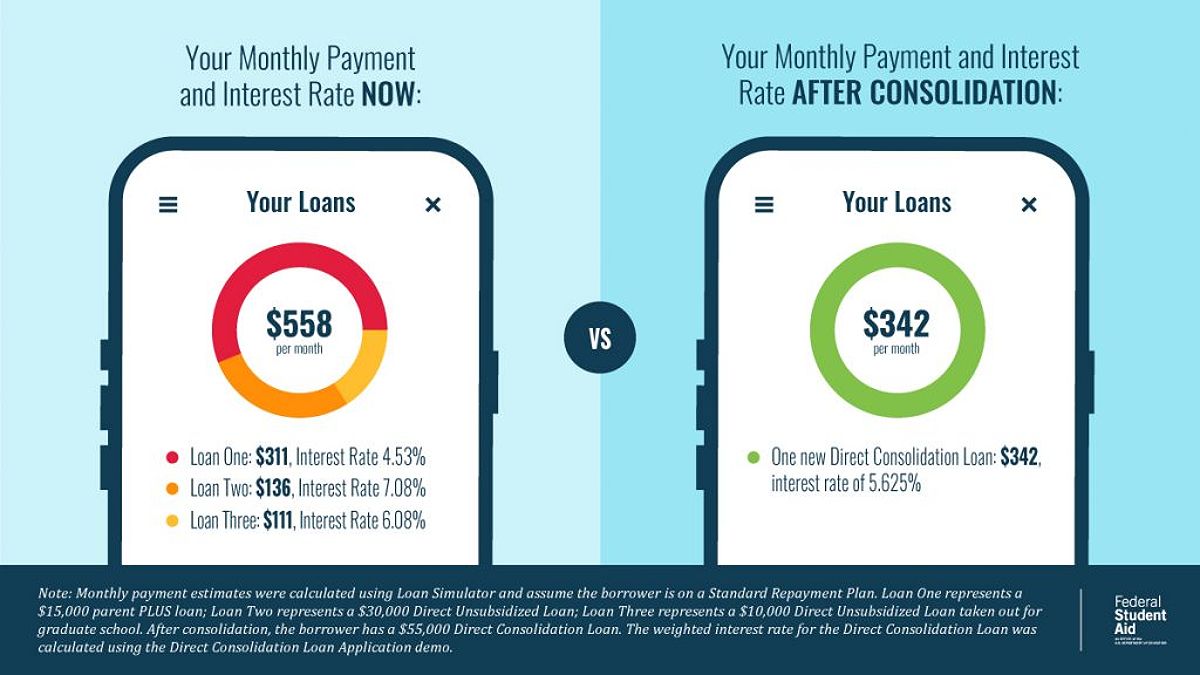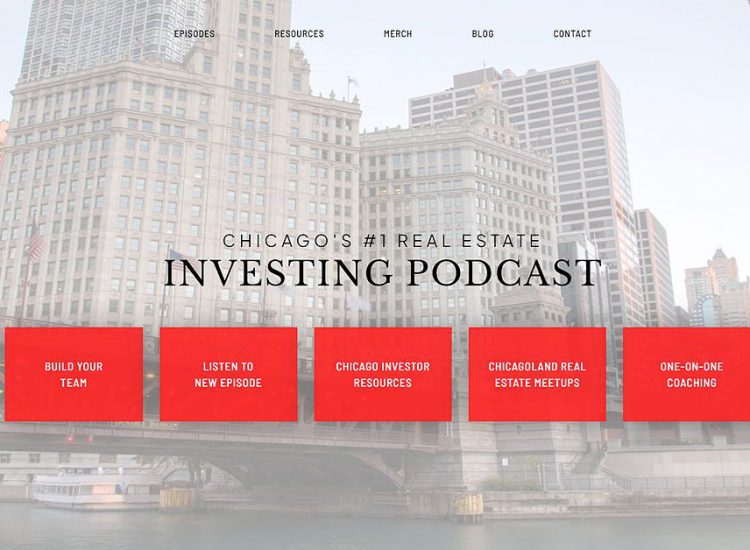I was shocked to discover how significantly lower my monthly payments could be after refinancing my student loans. The key was understanding the nuances of student loan consolidation rates and leveraging my good credit score. However, not everyone benefits equally, and the process requires careful research to avoid pitfalls. This article explores the realities of refinancing and consolidation, providing a comprehensive guide for recent graduates eager to manage their student debt effectively.
Toc
- 1. Understanding Student Loan Consolidation Rates: Federal Consolidation vs- Private Refinancing
- 2. Finding the Best Student Loan Refinance Options for Recent Grads
- 3. The Student Loan Refinancing Application Process: A Step-by-Step Guide
- 4. Avoiding Common Refinancing Mistakes
- 5. Best Loan Refinancing for Medical Residents
- 6. Additional Considerations When Refinancing
- 7. Frequently Asked Questions (FAQ)
- 8. Conclusion
- 9. Related articles 02:
- 10. Related articles 01:
Understanding Student Loan Consolidation Rates: Federal Consolidation vs- Private Refinancing
When it comes to managing student debt, understanding the difference between federal consolidation and private refinancing is crucial. Each option has its pros and cons, especially regarding student loan consolidation rates.
Federal Consolidation
Federal Direct Loan Consolidation allows borrowers to combine multiple federal student loans into one single loan. The interest rate for this type of consolidation is calculated as the weighted average of the loans being consolidated, rounded up to the nearest one-eighth percent.
- Eligibility: Only federal loans are eligible for consolidation. This includes Direct Loans, Stafford Loans, and PLUS Loans.
- Benefits: You retain access to federal protections, including income-driven repayment plans and potential loan forgiveness programs. This is a significant advantage for those who may need flexible repayment options in the future.

Private Refinancing
On the other hand, private student loan refinancing involves replacing your existing federal and/or private loans with a new private loan, often at a lower interest rate.
- Interest Rate Determination: The rate is based on your credit score, income, and debt-to-income ratio (DTI).
- Eligibility: You can refinance both federal and private loans, but doing so means you’ll lose federal benefits.
- Risks: If you have a variable interest rate, your monthly payments could fluctuate, impacting your budget.
| Federal Consolidation | Private Refinancing | |
|---|---|---|
| Interest Rate Determination | Weighted average of existing loans, rounded up | Based on credit profile and market rates |
| Eligibility | Federal student loans only | Federal and/or private student loans |
| Federal Benefits | Retained | Lost |
For recent graduates looking for the best student loan refinance options, understanding these distinctions is essential for making an informed decision.
Finding the Best Student Loan Refinance Options for Recent Grads
Navigating the world of student loan refinancing can be overwhelming, but knowing how to research and compare lenders can help you secure the top student loan refinance options available.
Identifying Reputable Lenders
Start by identifying lenders that have a strong reputation. Look for lenders that are accredited, licensed to operate in your state, and have positive reviews from borrowers. Some reputable names in the industry include SoFi, Earnest, Laurel Road, and Credible. Remember, it’s important to do your due diligence and not just go with the first option you find. The increased competition among private student loan refinancing lenders in recent years has led to more competitive rates and offers for borrowers.
Comparing Rates and Terms
Once you’ve identified potential lenders, the next step is to compare their interest rates, loan terms, and any associated fees. Many lenders offer prequalification options that allow you to view personalized rate quotes without affecting your credit score. However, it is important to note that interest rates are dynamic and have risen significantly throughout 2023, impacting the overall cost of refinancing.
When comparing offers, pay attention to:
- Fixed vs. Variable Rates: Fixed rates remain the same throughout the loan term, while variable rates can change, affecting your monthly payments. A fixed rate provides predictability, while a variable rate may start lower but can rise over time.
- Loan Terms: Look at the repayment periods and any additional benefits offered by the lender. Some lenders may offer perks like unemployment protection or flexible repayment options, which can be beneficial in uncertain economic times.
Factors Affecting Rates
The interest rate you may qualify for when refinancing your student loans is influenced by several factors:
- Credit Score: A higher credit score generally leads to lower interest rates. Lenders view borrowers with excellent credit as lower risk, resulting in more favorable terms. For example, a borrower with a VantageScore 3 of 760 might qualify for a 6.5% fixed rate from lender X, while a borrower with a score of 670 might receive an 8.2% rate from the same lender. This 1.7% difference translates to significant savings over the life of the loan. A $50,000 loan at 6.5% over 10 years results in approximately $8,200 in interest, while the same loan at 8.2% costs roughly $10,500. The difference is substantial.
- Debt-to-Income Ratio: Lenders want to see that your income is sufficient to handle your debt load. A lower DTI ratio indicates that you have a manageable amount of debt relative to your income.
- Income and Loan Amount: Higher incomes and larger loans can also impact rates. If you have a stable job with a good income, you may qualify for better rates.
If your credit profile isn’t ideal, consider applying with a cosigner. This can help you secure more favorable rates and terms. A cosigner with a strong credit history can enhance your application, making it more appealing to lenders.
| Excellent Credit (760+) | Good Credit (670-759) | Fair Credit (580-669) | |
|---|---|---|---|
| Potential Fixed Rate Range | 4.99% – 6.99% | 5.99% – 8.99% | 7.99% – 11.99% |
| Potential Variable Rate Range | 5.99% – 8.99% | 6.99% – 10.99% | 8.99% – 13.99% |
Tips for Recent Grads
- Build Your Credit: Start by reviewing your credit report for errors and work on improving your score by paying bills on time and keeping credit card balances low. Regularly monitoring your credit can help you identify areas for improvement.
- Manage Debt Wisely: Lowering your overall debt load can improve your DTI ratio and make you a more attractive borrower. Consider strategies like the snowball or avalanche methods to pay down debt effectively.
The Student Loan Refinancing Application Process: A Step-by-Step Guide
Once you’ve researched and compared lenders, the next step is applying for student loan refinancing. Here’s a simple guide to help you through the process.
Gathering Necessary Documents
Before starting your application, gather the following documents:
- Pay stubs or tax returns to verify your income.
- Student loan statements or payoff amounts for the loans you want to refinance.
- A copy of your driver’s license or another government-issued ID.
Having these documents ready will streamline the application process and make it easier for lenders to assess your financial situation.
Online Application Process
Most lenders offer an online application process that is quick and straightforward. You’ll typically need to provide personal and financial details and authorize a soft credit check to determine your eligibility and potential interest rate.
If you’re approved, you may need to submit additional documentation and electronically sign the loan agreement. Expect the entire process to take about 2-4 weeks, depending on the lender.
Timeline and Next Steps
After completing the application, keep an eye on your email for updates. If approved, review the loan agreement carefully before signing. This is your opportunity to ensure you understand the terms and conditions of your new loan, including any fees or penalties for late payments.
Avoiding Common Refinancing Mistakes
Refinancing can be a great way to save money, but there are common pitfalls to watch out for.
-
Not Shopping Around: Failing to compare offers from multiple lenders can lead to missing out on better rates. Take the time to explore different options and use prequalification tools to see what rates you might qualify for.
-
Neglecting to Review Loan Terms: Always read the fine print to understand the details of the new loan. Look for any hidden fees or penalties that could affect your overall cost.
-
Refinancing Federal Loans Without Understanding the Loss of Benefits: Be aware of the consequences of losing access to federal protections. If you rely on income-driven repayment plans or loan forgiveness programs, think carefully before refinancing.
Federal Loan Forgiveness Programs and Refinancing: Refinancing federal student loans eliminates eligibility for income-driven repayment (IDR) plans like REPAYE, IBR, PAYE, and ICR, as well as potential loan forgiveness programs like Public Service Loan Forgiveness (PSLF). For example, a teacher who refinances their federal loans loses the potential for PSLF, which forgives remaining balances after 120 qualifying payments. This loss can cost tens of thousands of dollars over the loan’s lifetime.
-
Choosing a Variable Interest Rate Without Considering the Risks: Understand how variable rates can fluctuate and impact your payments. If you prefer stability, a fixed rate might be the better option.
-
Extending the Loan Term Without Considering Long-Term Implications: While a longer repayment period can lower monthly payments, it may increase the total interest paid over the life of the loan. Balance your short-term and long-term financial goals when deciding on the loan term.
However, some financial advisors caution against refinancing federal loans, especially for those with lower credit scores or who anticipate needing income-driven repayment options in the future. The potential long-term cost of losing federal protections might outweigh the short-term savings from a lower interest rate. Additionally, focusing solely on the lowest interest rate might not always be the best strategy; borrowers should also consider the overall terms and conditions, fees, and customer service offered by the lender.
Best Loan Refinancing for Medical Residents
Medical residents often face unique financial challenges, including low incomes during their training period. Fortunately, some lenders offer specialized refinancing options tailored to the needs of medical professionals. These programs may feature income-based repayment plans or deferment options that allow you to make smaller monthly payments while in residency, helping you manage your debt load more effectively.
Specialized Programs
If you’re a medical resident, look for lenders that cater specifically to your situation. Some options include:
- Deferment Options: Certain lenders allow you to defer payments while you’re still in training, providing much-needed financial relief during a challenging time.
- Income-Based Repayment Plans: These plans adjust your monthly payments based on your income, ensuring that you can manage your finances even on a resident’s salary.
Additional Considerations When Refinancing
When refinancing your student loans, it’s important to weigh the potential benefits against the potential drawbacks. While a lower interest rate can save you money in the long run, you’ll also need to consider the impact on your credit score, the loss of federal protections, and your overall financial situation.
For some borrowers, the benefits of refinancing may outweigh the drawbacks, especially if you have a stable income and limited need for federal loan benefits. However, for others, maintaining access to income-driven repayment plans or loan forgiveness programs may be a higher priority. It’s essential to carefully evaluate your individual circumstances and goals before deciding whether to refinance your student loans.
Frequently Asked Questions (FAQ)
Q: What is the difference between refinancing and consolidation?
A: Refinancing replaces existing loans with a new private loan, potentially lowering rates but losing federal benefits. Consolidation combines federal loans into one while keeping federal benefits but may result in a higher rate.
Q: How can I improve my chances of getting a lower interest rate?
A: Improve your credit score, lower your debt-to-income ratio, and consider using a cosigner.
Q: Will refinancing hurt my credit score?
A: A hard inquiry from applying for refinancing may slightly impact your credit score, but the long-term benefits of a lower rate usually outweigh this.
Q: What documents do I need to refinance my student loans?
A: Typically, you’ll need pay stubs, tax returns, loan statements, and a government-issued ID.
Q: How long does the refinancing process take?
A: The process usually takes 2-4 weeks, but this can vary depending on the lender.
Conclusion
Successfully navigating student loan consolidation and refinancing requires careful planning and research. By understanding the differences between federal consolidation and private refinancing, comparing offers from multiple lenders, and avoiding common pitfalls, recent graduates can significantly reduce their monthly payments and total interest paid over the life of their loans. Remember to prioritize responsible debt management and carefully consider the long-term implications of your decisions before choosing a refinance option. Start comparing rates today to find the best loan refinancing solution for your financial future. With the right approach, you can take control of your student debt and pave the way for a brighter financial tomorrow.
1. https://goldnews24h.com/archive/5164/
2. https://goldnews24h.com/archive/5020/
3. https://goldnews24h.com/archive/5118/
1. https://goldnews24h.com/archive/5154/
2. https://goldnews24h.com/archive/5109/
3. https://goldnews24h.com/archive/5118/









